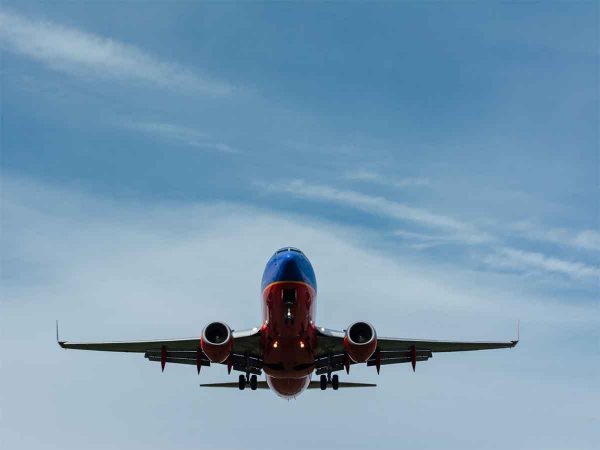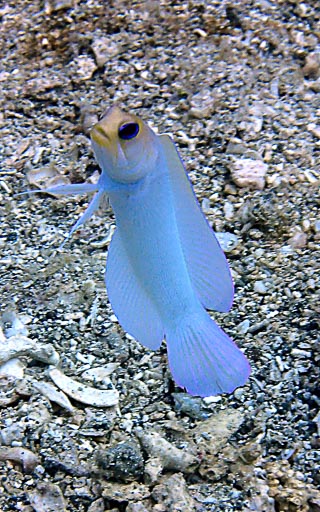The Rules for Flying after Diving
When you took your first Scuba training course you were taught the rules for “flying after diving”. Despite this I meet many divers on vacation who really don’t understand these rules and either miss out on a days diving or put themselves unnecessarily at risk from Decompression Sickness.
Why do we need rules for flying after scuba diving?
The basics of Nitrogen Absorption.
Air is 21% Oxygen and the rest (78.99%) is Nitrogen.
Our body uses around 5% – 6% of the oxygen we breathe in, the rest we basically breath out into our regulator.
Nitrogen however is stored in our bodies and, if we accumulate too much, or if it is released too fast, then it forms bubbles in our bloodstream, this is why we ascend slowly on every dive and complete safety stops.
For a more detailed explanation of Nitrogen absorption and Decompression Sickness (DCS) read this article.
After a days diving, we still have a certain amount of Nitrogen in our bodies (depending on the number of dives we have done and the depth / dive time /surface intervals).
This residual Nitrogen is released naturally and safely from our bodies over a period of hours.
The effects of reducing pressure
Atmospheric pressure is 14.7 psi (pounds per square inch) or 1 Bar
At 60 ft (12 m) the pressure is 2.8 Bar or 41 psi.
Thus we absorb 2.8 times our regular Nitrogen at 60 ft compared to at the surface.
Obviously the deeper we go, and the longer we stay, the more Nitrogen we absorb.
A slow, safe ascent from any dive allows some of the Nitrogen to escape, but additional Nitrogen is still left in our bodies after we ascend.
Passenger Jets are normally pressured to the equivalent of 8,000 ft (2,441 m) above sea level, even though they may be flying much higher.
8,000 ft is an atmospheric pressure of 10.9 psi or 0.75 Bar.
Consequently when flying our body experiences a 25% reduction in the pressure surrounding us, this allows any residual Nitrogen in our body to escape much too quickly, the likely outcome being a case of DCS or “the bends”
Wikipedia has a very detailed article on Atmospheric Pressure.
Training Agency recommendations for flying after diving

PADI, along with most agencies recommends the following for recreational diving:
Single Dive= 12 hours before flying.
Two Dives = 18 hours before flying.
Multiple days of diving = 24 hours before flying.
Simple isn’t it , just stick to these rules and all will be good
However a few caveats:
These rules are based on recreational depths and dives. A safe ascent rate of 30ft (10m) a minute is presumed and a minimum of a 3 minute safety stop is completed at 15ft (5m) after every dive.
If you have accidentally gone into Deco, or you are the type of diver that thinks “safety stops are for wimps” then you may want to add in a little more conservatism.
These rules are based on a maximum Nitrogen loading, i.e diving to the NDL limit for a given depth.
2 dives to 40ft (12m) for 55 minutes each are NOT the same as 2 dives to 60ft (18m) for 55 minutes each dive.
In the first dives, the NDL limit for 40ft is 140 minutes, so you could actually have done your 110 minutes underwater as a single dive and the 12 hour rule would apply.
The 60 ft dives however are both at the NDL limit for the depth, now the 18 hour rule applies.
Diving with Enriched Air Nitrox does not reduce your nitrogen absorption if you maximize your bottom time. It will reduce your Nitrogen absorption ONLY if you reduce your maximum bottom times or use the air NDL
Let us take the 60 ft dive again, NDL on air is 55 minutes, NDL on 32% Nitrox is 90 minutes, a diver doing a 90 minute bottom time is absorbing as much Nitrogen as the diver doing 55 minutes on air.
In the real world of course, many divers are lucky if they can make a tank last for 45 minutes at 60 ft, but some divers who know how to use less air can get pretty close to that 90 minute bottom time limit.
How can a computer help?
A dive computer actually makes a calculation after every dive and shows you a “NO FLY” time on the screen.
Obviously you need your own computer for this, a rental computer, used by another diver the day before is not going to be absolutely accurate for you.
Most computers are actually very conservative with their “no fly” calculations
Put it all together – make informed decisions.
Let’s make it clear, different agencies have different recommendations (DAN differs from Padi, Padi differs from the US Navy), different dive tables have different bottom times (here I have quoted Padi tables). So there is some “grey area” here.
Now, I am not suggesting that any diver ignores these rules, or makes up their own rules. It is however important to remember that we are all very different in terms of our physiology and there are many factors that affect our personal susceptibility to DCS.
Read my article on Decompression Sickness and personal DCS susceptibility here.
However, like many other aspects of Diving, once we are trained, we are expected to make informed decisions regarding managing all the risks of Scuba Diving.
This article, along with my article on DCS is just another tool in your box to assist you in making the right decisions for the right reasons.
Divers always ask me, “what do you do”, well when traveling I will be multi day diving, so I apply the 24 hour rule. If however I have just done a week or longer of tech dives then that becomes a 2 day downtime, minimum, no exceptions.
The percentage chance of DCS 12 hours after a recreational dive is around 1 percent, 12 to 24 hours is estimated to be 0.004 percent.
However a DAN study in 2015 proved that there are some divers who are still at risk 36 hours after diving.











